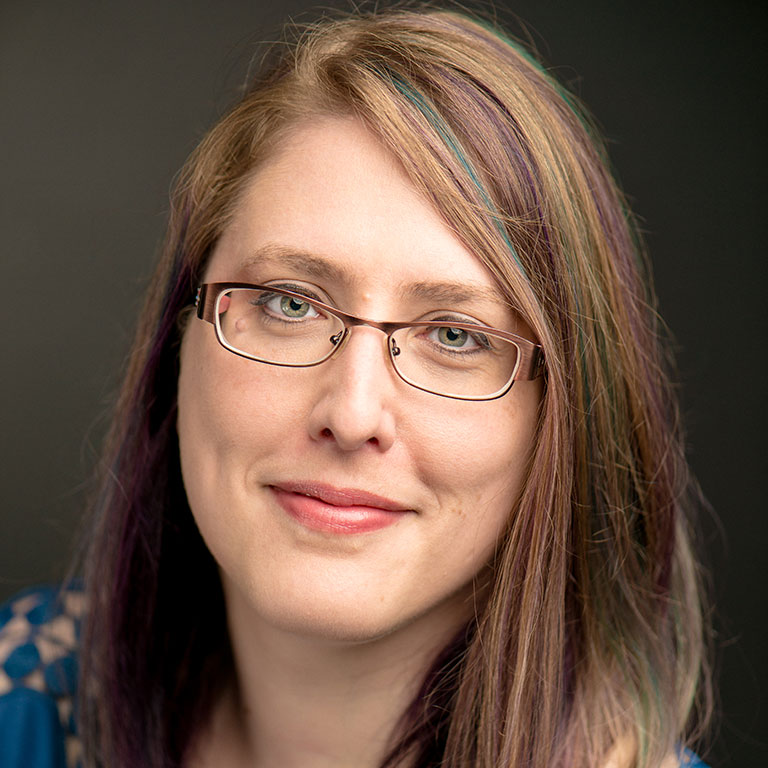To complete the project, BrckaLorenz will survey faculty or other instructional staff about five different aspects of their work that contribute to a positive, healthy and motivational teaching environment: their perceptions of climate for support of diversity, teaching processes and policies, teaching values and support of people they work with, access to teaching resources and feelings of respect, belonging, stress and motivation.
Although BrckaLorenz has been thinking of assessing teaching environments for a while, COVID exacerbated a lot of the equity issues in higher education, leading her to put together an abbreviated version of the CUTE project to specifically look at issues related to teaching environments at the onset of the pandemic. Twenty-four four-year colleges and universities participated, with findings showing that in general, faculty mostly felt supported by their institutions, but it was their teaching responsibilities that they felt the most stressed about due to the pandemic, more so than their research or even family responsibilities: “They put in a lot of work to adjust their courses to be more flexible and to increase their efforts to connect with students, without lowering their expectations for student learning. But their mental health, sleeping patterns and relationships with others suffered, some far more than others,” she explained. “This may not be surprising, especially to faculty, but it does highlight the importance of a supportive teaching environment for faculty to do their best work. I have a dashboard of some of our results for people to explore how the findings differ for groups of faculty.”
BrckaLorenz hopes the project becomes a useful tool for institutions to help their faculty in ways they may not have thought about assessing before, saying she views this work as a way to help faculty do their best work but also support them as human beings: “As a faculty member myself, I feel that I have a very privileged position in life, but I still want to be seen and feel valued. I think that the CUTE project can help institutions assess, see and value their faculty from a different perspective that can result in important changes to support their success.”
“Ultimately, I want to help improve the quality of teaching and learning in postsecondary settings. There are so many inequities and discrimination built into our systems and structures of higher education that prevent or demotivate faculty to do their best teaching work, and I wanted to explore that,” she added.
BrckaLorenz acknowledges her project is one part of making positive change.
“Every day we see stories about things like faculty burnout and cultural taxation, discrimination and bias in the tenure and promotion process, the lack of and slow growth of diversity in senior faculty and administrative positions,” she said. “We can’t passively hope that that these kinds of issues resolve on their own. We need to come at these issues directly, engage in active listening and commit to having hard conversations.”



